- Heddels
- Posts
- May 1 - 70s 80s Heritage
May 1 - 70s 80s Heritage
Together with
Are The ’70s and ’80s Slowly Becoming The New “Heritage” Era?
As the decades roll by, is the heritage niche being affected by a cultural shift of what we're looking back on?
James Smith

Heritage is huge ’round these parts. Our denim-centric niche is powered by the past, with brands from across the globe looking back in time for inspiration to create garments that honor the past while fitting into contemporary life.
The modern raw denim scene, especially, is built on foundations laid by the big three, adapted and mastered by vintage-obsessive labels in Japan such as Big John and the Osaka 5. From this phenomenon, we’ve enjoyed the rise of cult heritage clothing in the West, spawning a niche that we’ve dubbed ‘New Americana’ in the early 2000s. The Japanese scene jogged Western brands new and old to revisit the iconic American workwear, fuelling a revival of heritage clothing that would change how we look at fashion forever. Google Dictionary even has the below as a definition for ‘heritage’:
denoting a traditional brand or product regarded as emblematic of fine craftsmanship. “heritage brands have found a growing cachet among younger customers”
Until recently, heritage-leaning labels have mainly reproduced and adapted iconic clothing and fabrics from the late nineteenth century to the 1960s. But in the last few years, we’ve been noticing a shift. A shift towards more contemporary styles from the 70s and 80s., many of which aren’t fit for miners, cowboys, or anyone in manual labor, for that matter.
Polyester and nylon track jackets, vintage-style outdoor gear, ’70s-fit t-shirts and jeans–and a whole lot more–there has been a gentle turn in the heritage tides that seems to have styles from the late 60s through to the ’80s becoming more and more popular in our niche.
Could this shift be in response to trends? Or could we be seeing the start of a new era of what we call ‘heritage‘, as the previously accepted ‘golden years’ grow further and further away from the present day? Let’s take a look.
2019-2020
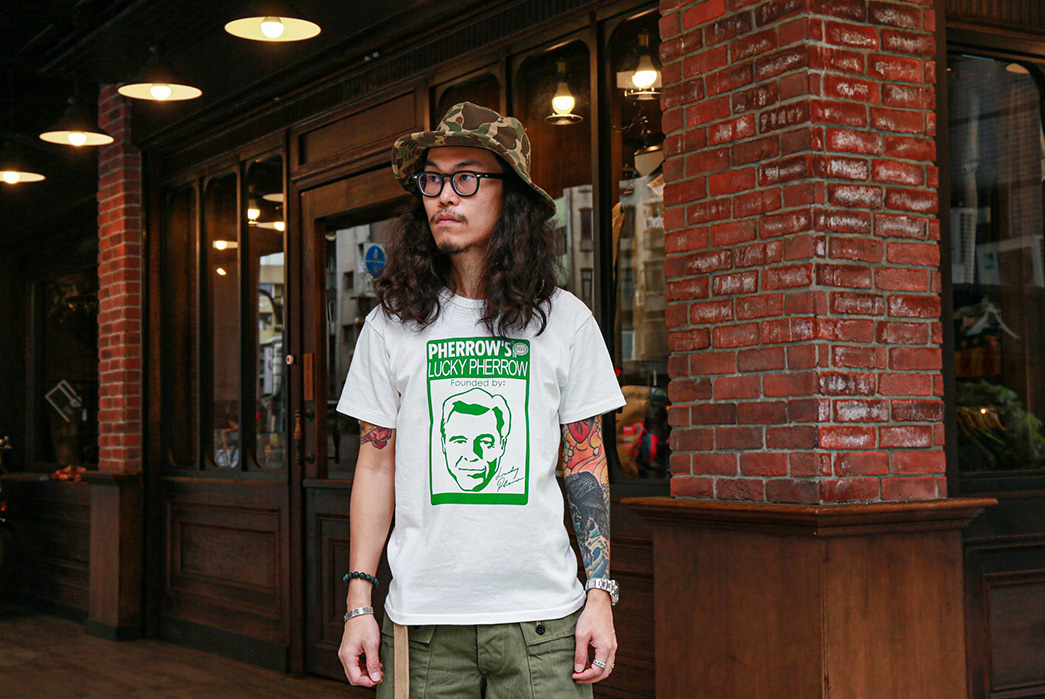
Pherrow’s “lucky Pherrow’s” T-shirt via Take 5
Although there had been rumblings of 70s fashion comebacks in the mid-2010s, it was at the turn of this new decade that I noticed ’70s and ’80s styles creeping further into the heritage scene. I took a trip to London’s Clutch Cafe to check out the F/W19 season collections and noticed styles from Pherrow’s and Warehouse & Co. that really stood out amongst the melange of raw selvedge denim and leather. Not because they were overly bright or unique – they just looked like something out of a ’70s archive.
First up was the Pherrow’s Adidas Stan Ray rip tee pictured above. Graphic tees have always been a part of this Japanese brand’s collections, but I hadn’t seen such a blatant ’70s reference from any of the Japanese selvedge denim brands before. The Adidas Stan Smith was made famous in the 1970s when Adidas rebranded one of its sneakers to be Tennis player Stan Smith’s signature sneaker in 1978. I have no idea who they replaced Stan Smith’s face with, though.
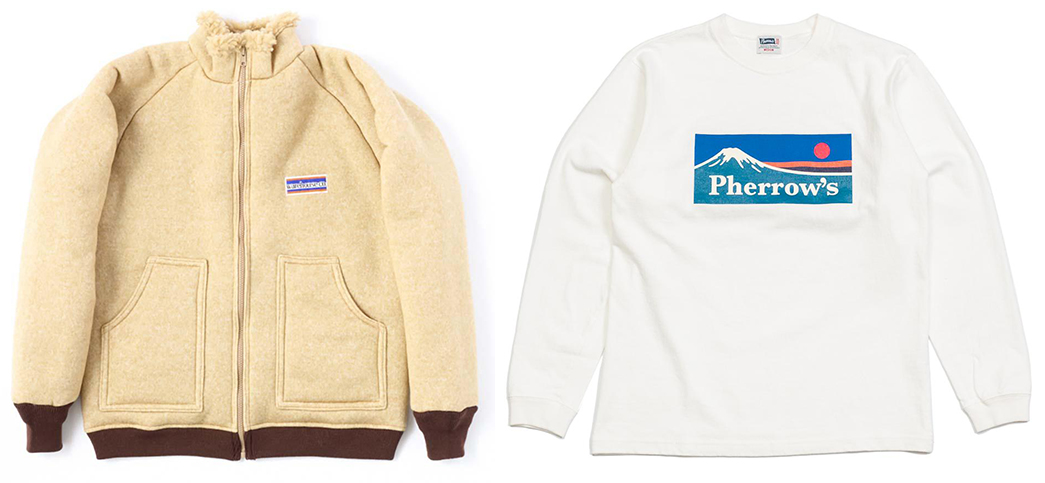
Warehouse & Co Lot. 2130 Classic Pile Jacket & Pherrow’s 21W-PLT3 Long Sleeve Top White via Clutch Cafe
Although the Pherrow’s tee caught my eye, my history of working in sneaker stores meant I was always going to recognize the Stan Smith logo. It was the Warehouse Lot 2130. Pile Jacket that looked like the biggest ’70s throwback. Displayed in an array of 70s colors like gold and block red, I couldn’t help but gawp at how well Warehouse had recreated the fabric of the original Patagonia ‘Climbing Jackets’ they were reproducing.
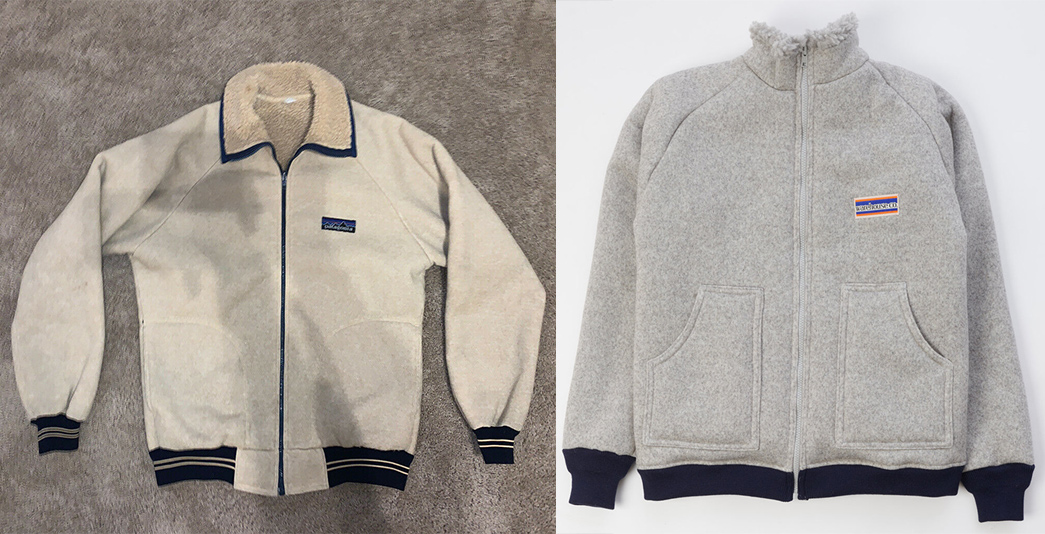
An original 70s Patagonia Pile Fleece via eBay (left) and a Warehouse & Co. reproduction via Son of a Stag (Right)
It’s no secret that Patagonia has enjoyed huge popularity in the last 5 years or so, but I don’t think anyone would have predicted that niche Japanese heritage labels would start reproducing archive Patagonia pieces. Pherrow’s again took it a step further by ripping Patagonia’s logo in SS20, adapting the iconic motif with an illustration of Mt. Fuji – a logo they still use to this day on caps and tees. They also put out these fleeces which paid homage to 1970s outdoor wear.
But in reality, these garments were just the edge of the late-mid-century shadow creeping into the heritage scene.
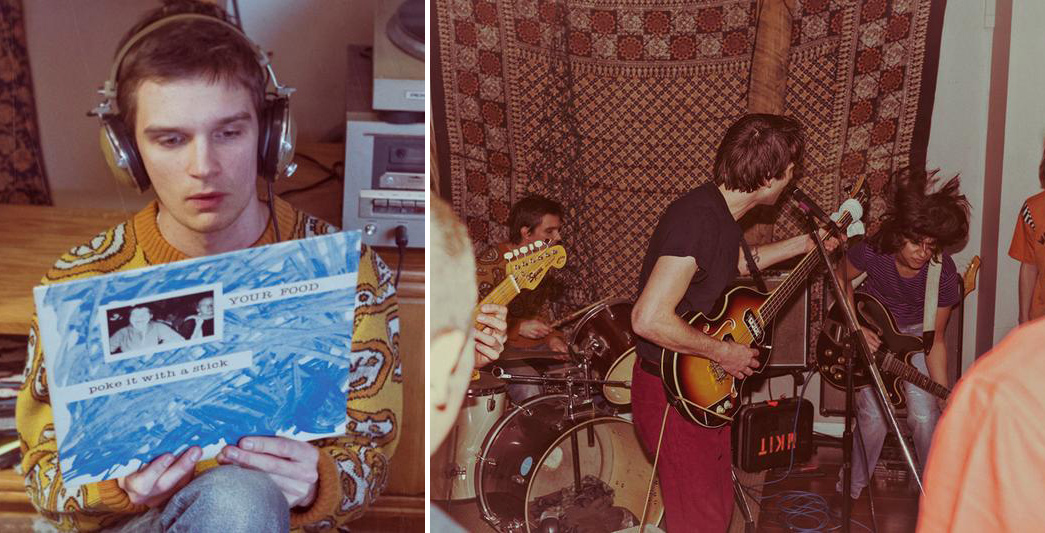
Shots from the FW20 Levi’s Vintage Clothing lookbook
As it would happen, Levi’s Vintage Clothing (LVC) had clearly got the memo around the same time. But instead of looking to 70s outdoor and sporting gear, they delved into Louisville’s underground punk scene of the 1980s to inspire their FW20 collection and lookbook. A buzzing punk/alternative scene, Louisville bred one of the earliest post-hardcore bands, Squirrel Bait, and alternative cult pioneers, Slint.
The LVC FW20 collection was full of garments that wouldn’t look out of place at an alternative punk show in some dingy Louisville bar or practice room, as well as Levi’s iconic garments like Type III trucker jackets in rinsed denim, stonewash jeans, and sweatshirts. By the 1980s, Levi’s was making pretty much everything clothing-wise, so they would have had a pretty rich selection of archival pieces to create this collection.
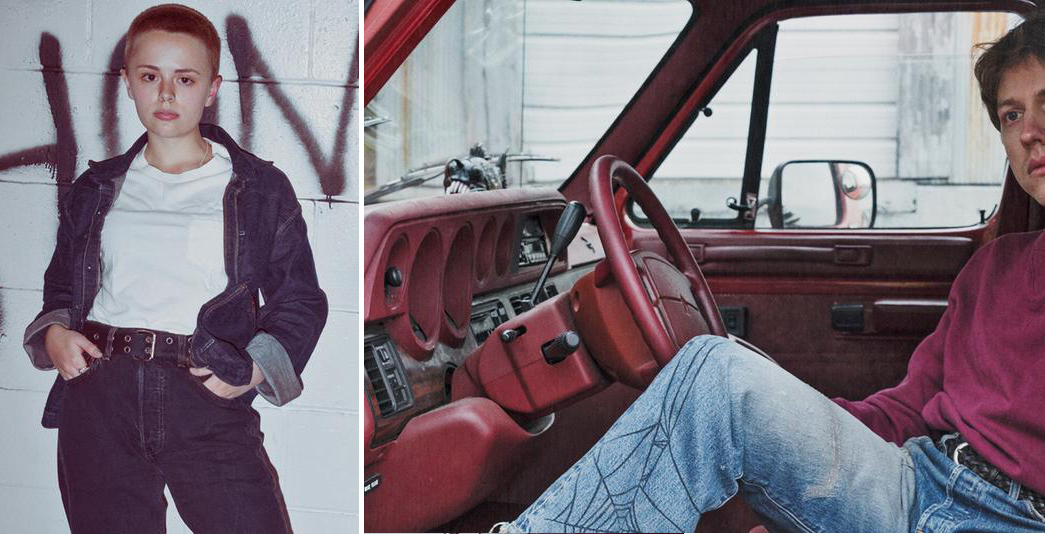
The lookbook itself was tastefully shot to capture the stylish “we don’t give a fuck” attitude to clothing championed by the pre-grunge adolescent amoebas who shaped the Louisville scene. Think washed-out jeans, hand-me-down corduroy or denim jackets, and some sort of battered footwear, and you’re pretty much there.
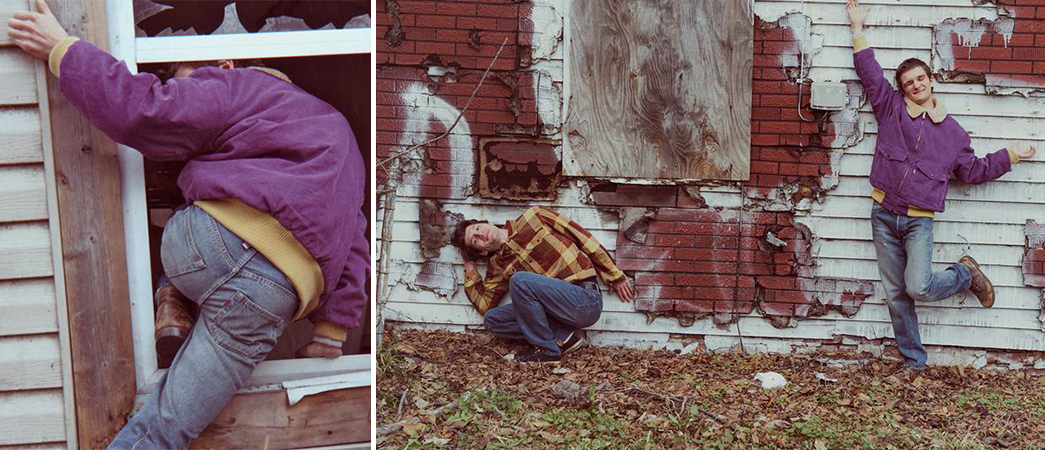
Track Tops, Ahoy
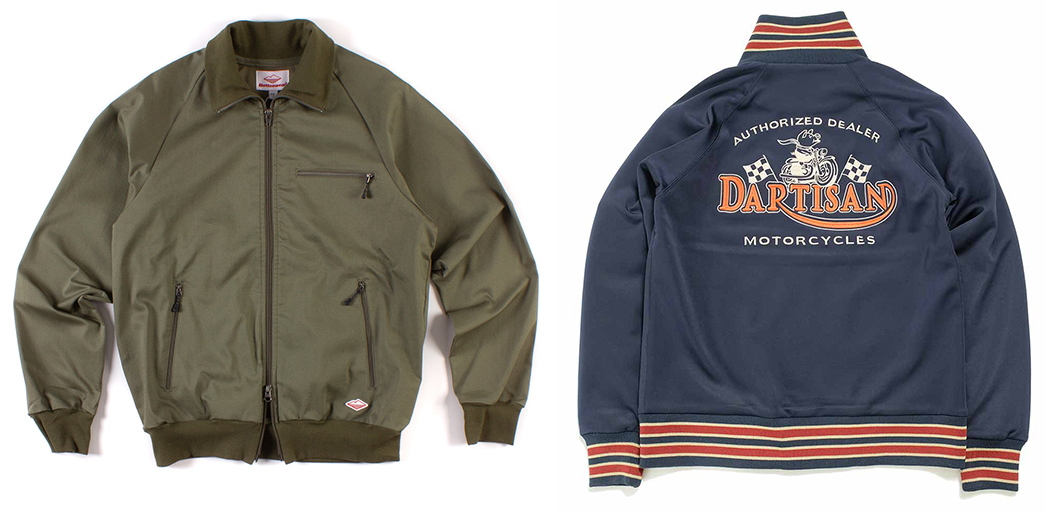
Battenwear Track Jacket via NAQP and Studio D’Artisan Lot.8043 Track Jacket via Hinoya
Until the last few years, polyester track tops aren’t something I associated with heritage labels like Studio D’Artisan or Mister Freedom. They were still reserved for Paulie Walnuts, football (soccer) hooligans, and my old Phys Ed teachers, but they’ve become one of the garments ushering 70s influence into the heritage scene.
One of the most iconic pieces of modern sportswear, track tops became popular in the mid-1970s, typically made of polyester, cotton jersey, or terry cloth.
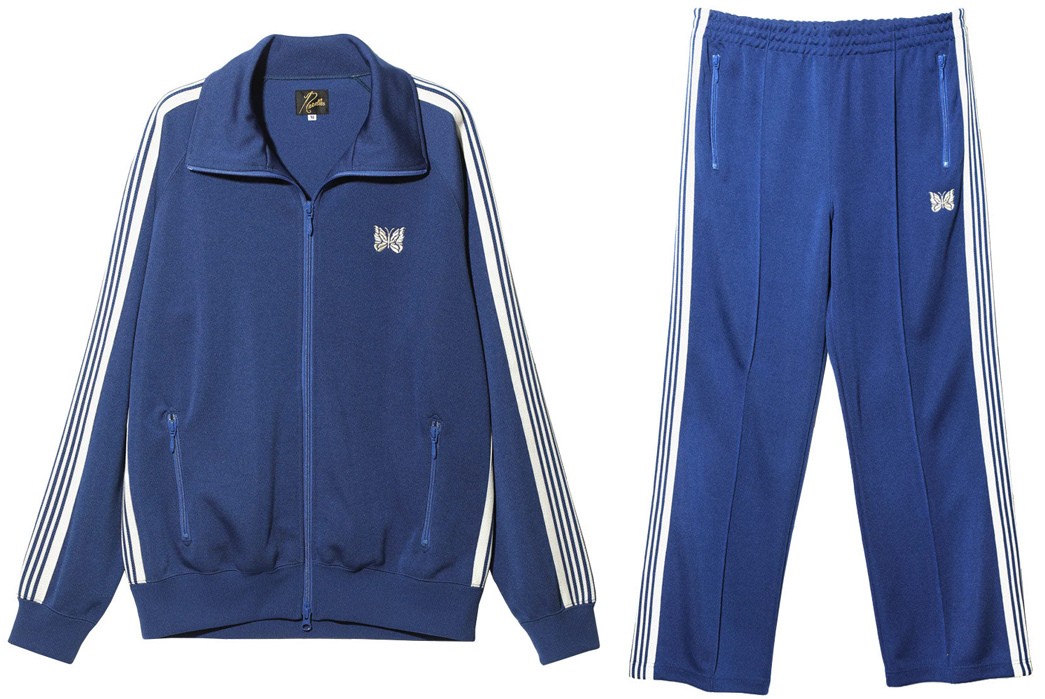
Needles Track Top and Pants, available for $312 and $273 respectively from Hatchet Outdoor Supply.
There’s no doubt that Nepenthes powerhouse, Needles, led the charge in the recent tracksuit revival. While they may not slot into our niche that comfortably, the Japanese label’s butterfly-branded track tops and pants have become a mainstay in the streetwear world and caught on with major celebrities and in other fashion scenes.
And while I don’t think brands like Studio D’Artisan, Mister Freedom, and KUON are trying to take a slice of Needles’ polyester pie, per se, I think that the meteoric return of the track top has certainly nudged heritage labels to open their eyes to 70s sportswear for inspiration for their own collections.
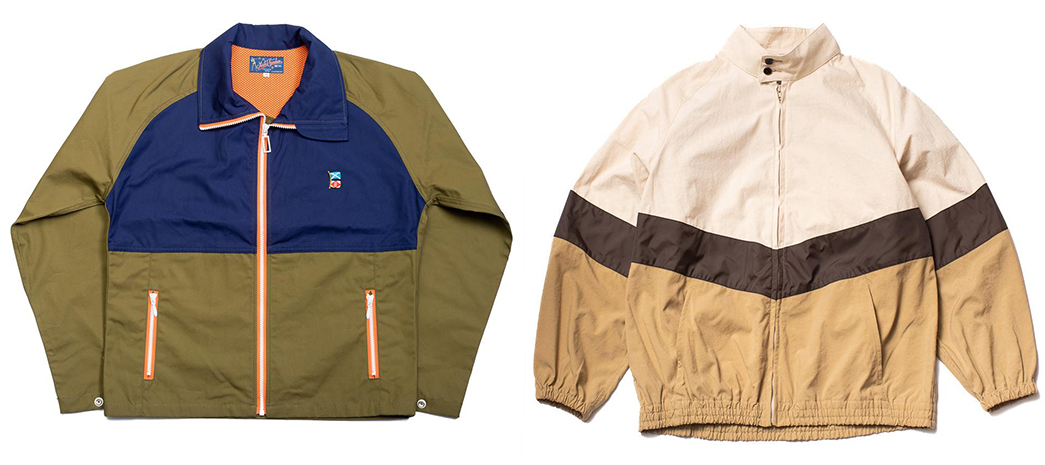
Mister Freedom Mercury Jacket (left) & KUON Multi-Panelled Jacket via Clutch Cafe
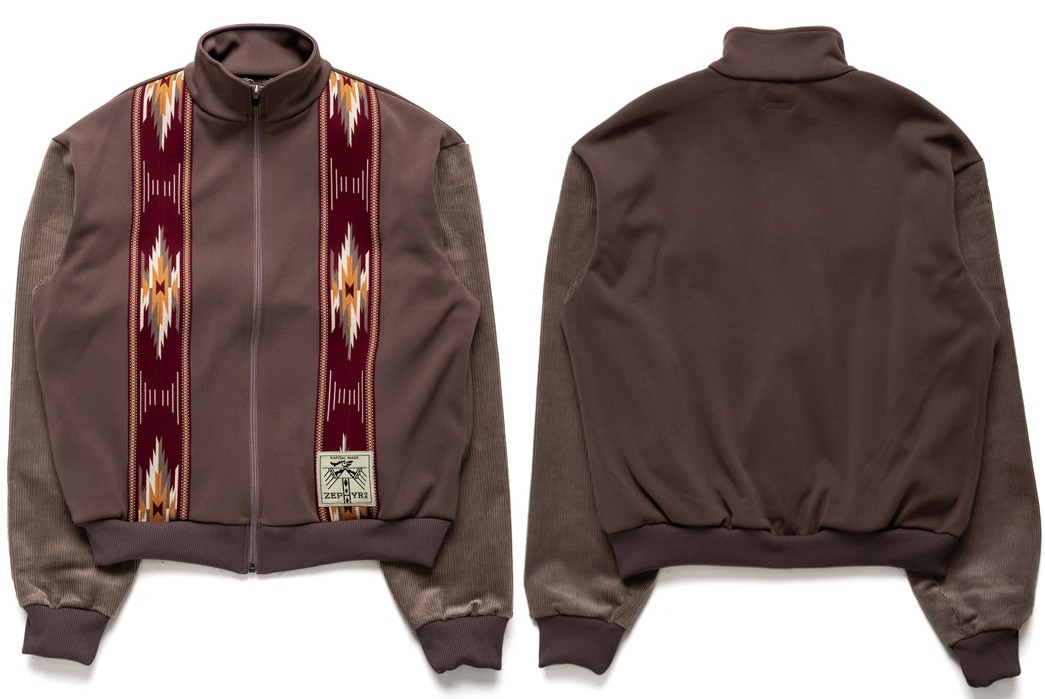
Kapital Smooth Jersey Track Top, available for $474 from Blue in Green.
Why the Resurgence in 70s Styles?
Gorpcore Influence
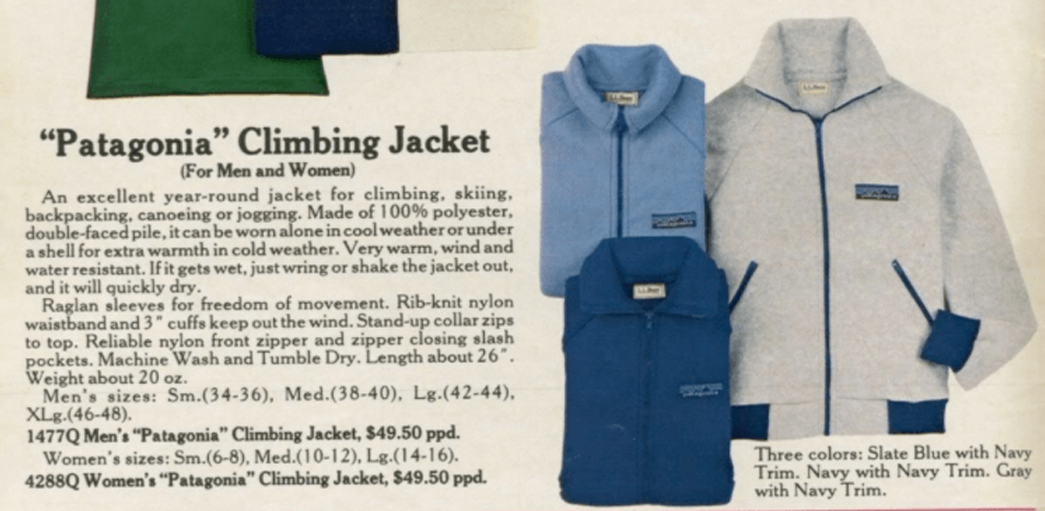
Image via Cascade Strategy
The foundations of gorpcore (which is named after the slang term for trail mix “Good Ol’ Raisins and Peanuts”) were laid in the 1970s when brands like Patagonia and The North Facewere cutting their teeth. The camping and hiking boom of the late 60s and early 70s saw camping and hiking becoming a cherished pastime, and the garments of people’s outdoor wear made their way into everyday wardrobes of the 1970s.
As explored earlier in this article, vintage-centric labels—especially Japanese ones—have really gotten into the realm of early outdoor gear which, naturally, means they have shifted part of their attention towards the 1970s. Just look at The Real McCoy’s’ ‘Climbers’ Rugby below when sat next to an archive Patagonia rugby. Yes, Rugby Shirts are a ubiquitous style, but The Real McCoy’s’ one sits in a collection that also features Belted Shorts and Pile Jackets – the influence is even clearer to see.
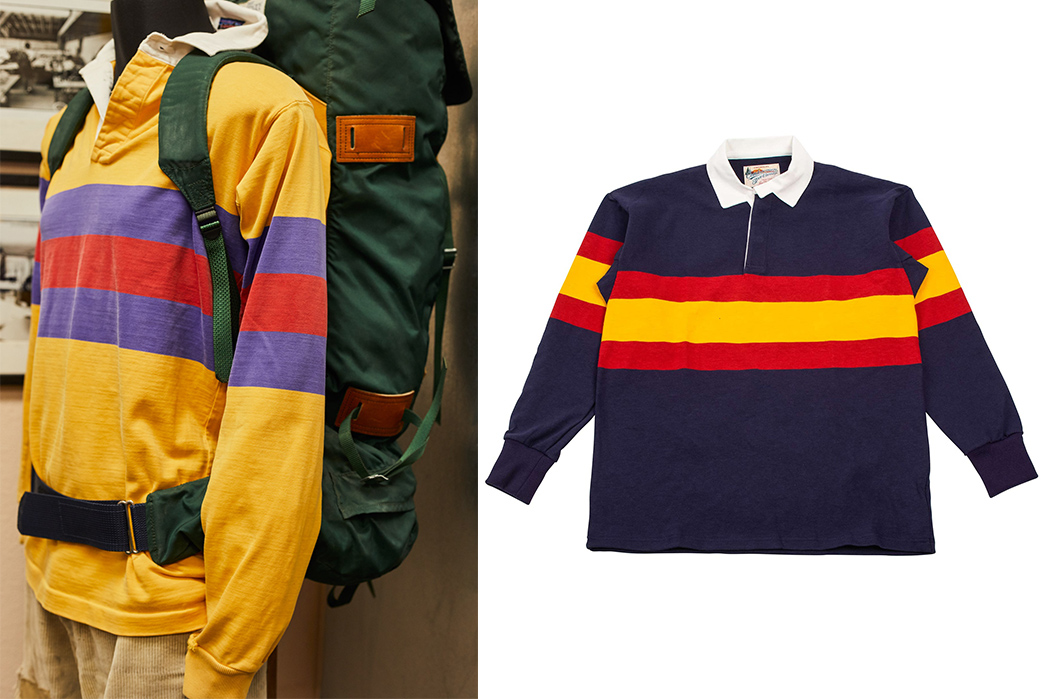
Vintage Patagonia Rugby Shirt via GQ (left) & a Real McCoy’s ‘Climbers’ Rugby via Lost & Found (right)
Inspirations From Media & Sub-cultures
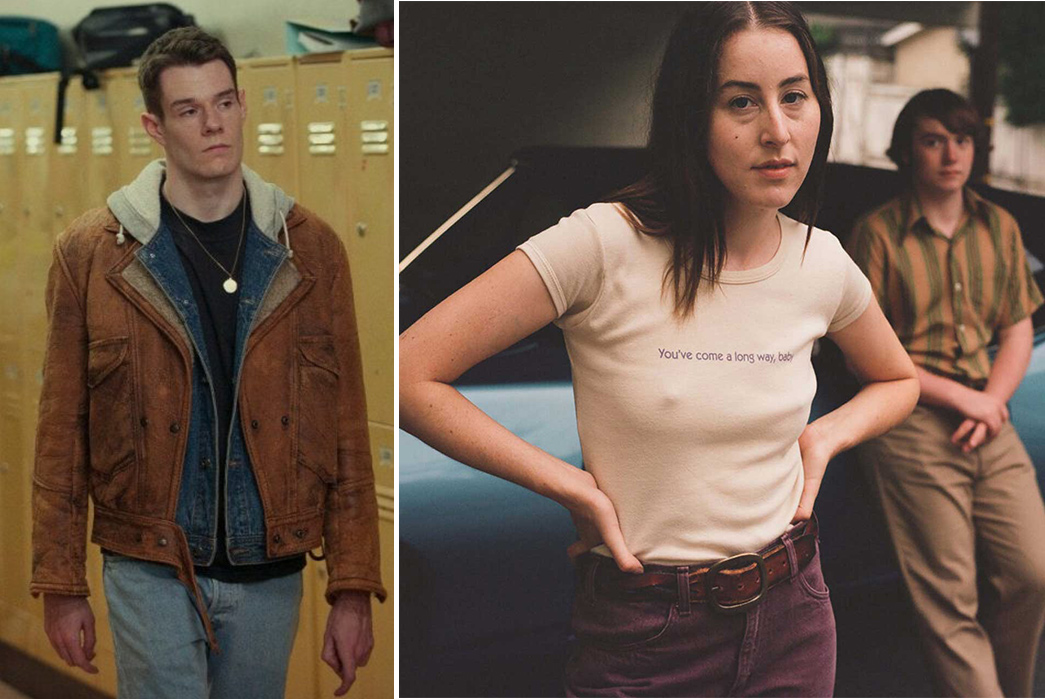
A still from Sex Education via Fuzzable (left) and a press shot for Licorice Pizza via British GQ
The media will always influence fashion, and the 1970s and 80s are simply running the show when it comes to film and TV.
Stranger Things, Sex Education, Superbad, Napoleon Dynamite, Juno, and Licorice Pizza are just a few pieces of entertainment in recent memory that were either set in the ’70s/’80s, or worshipped the design and fashion of these eras through dystopian vintage-modern styling that leaves the viewer wondering what year the program is actually set in.
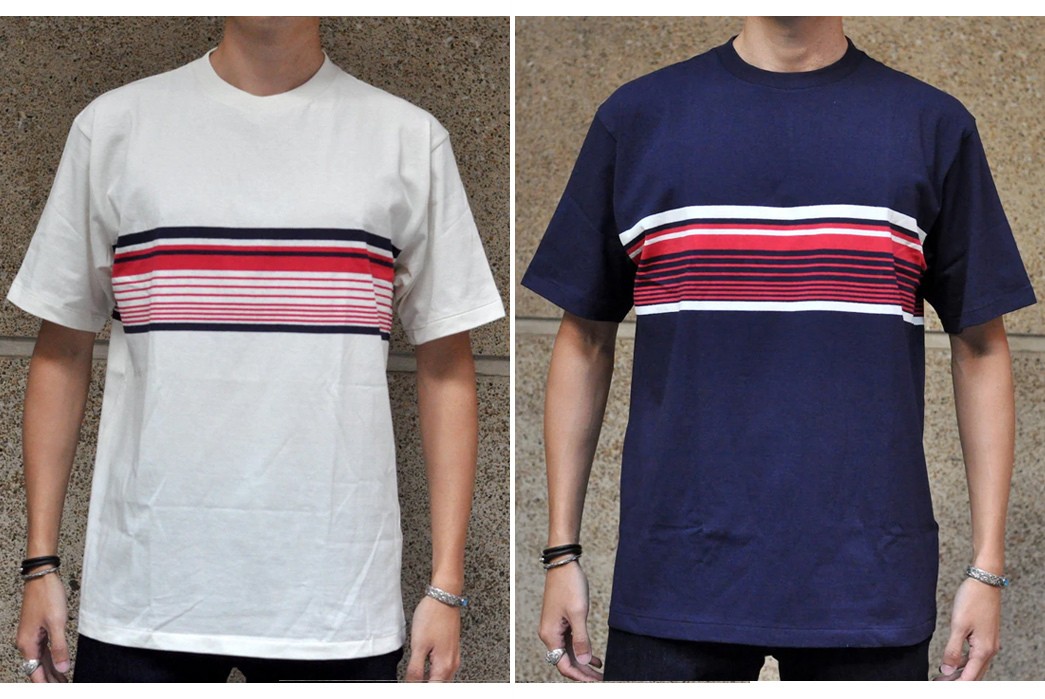
Warehouse 6 oz. Panel Border Tee, available for $88 from Corlection.
And while film and TV may not influence our niche directly, they affect the general public, the consumers of vintage clothing from thrift and vintage stores, who in turn, contribute to the affection towards ’70s and ’80s fashion through platforms like Instagram and Tik Tok.
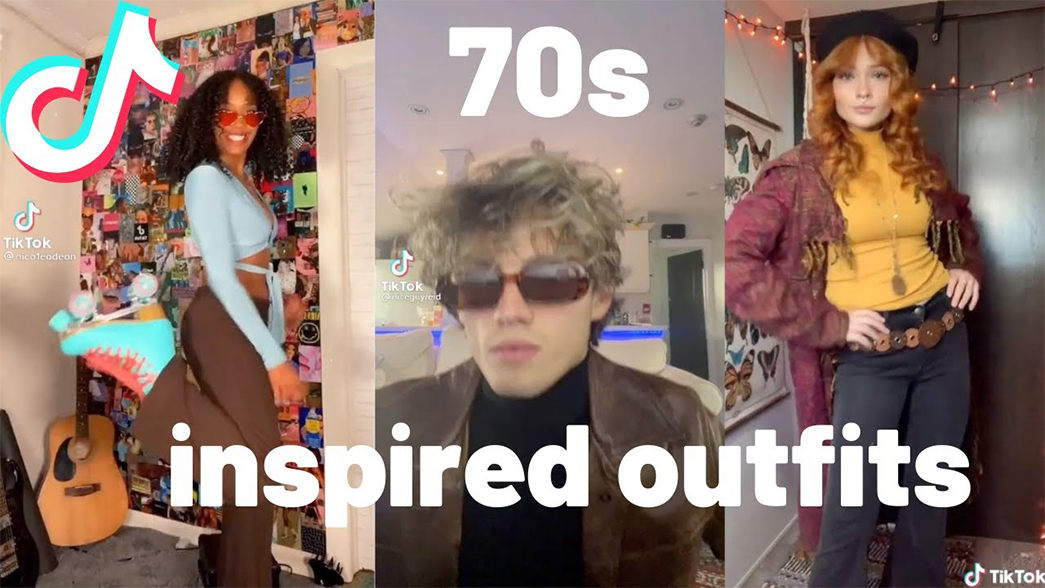
Image via Youtube
Activism
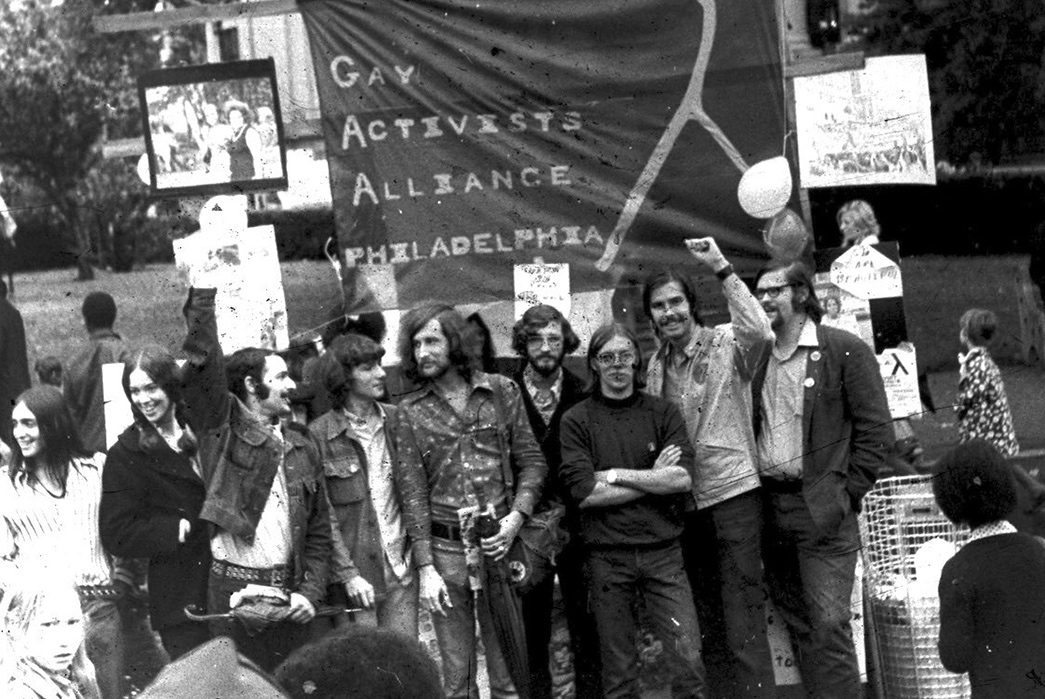
The Philadelphia Gay Activist Alliance in the early 1970s via Verso Books
In the wake of 1967’s summer of love, the 70s continued a shift in perspectives. What it meant to be young, alive, free-thinking, rebellious, both as an individual and as part of a community. People were becoming less and less afraid to stand up for what they thought was right. And in some ways, those who marched for civil rights and other global issues in the 70s have become immortal, their images destined to live on in the archives forever more.
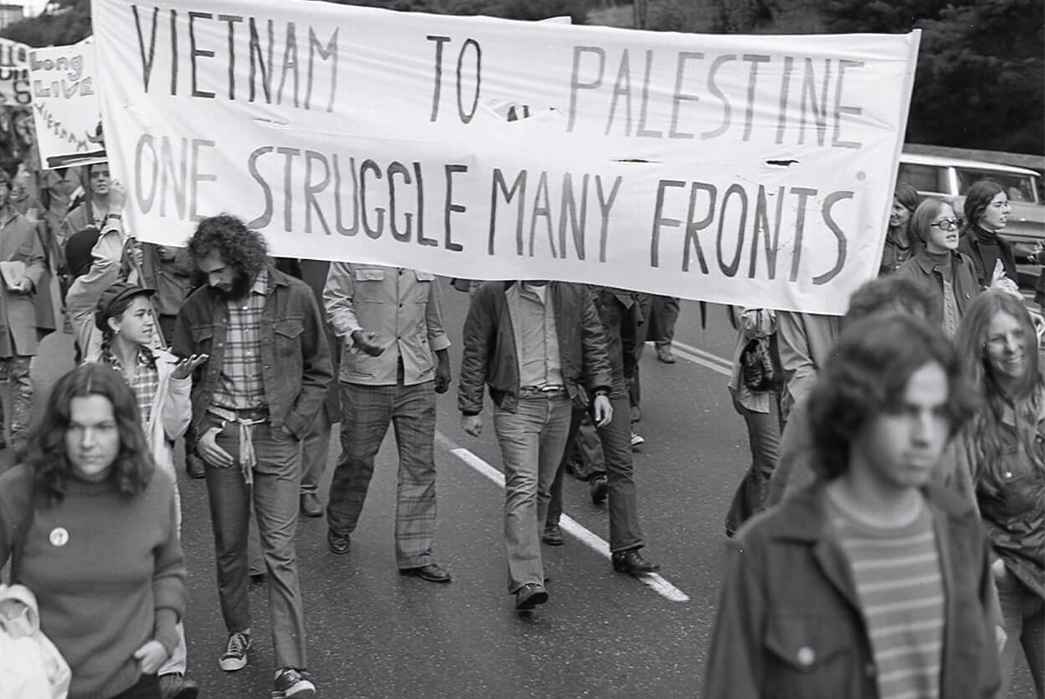
Peace March,” October 14, 1972, San Francisco, California Via: Harvey Richards Media Archive
It’s no secret that the world is full of tension right now, too. There are lots of reasons to be angry and lots of causes to fight for. At the time of writing this article, Israel is still bombing Gaza, Russia is still invading Ukraine, women’s rights to abortion are being stripped in many states across the U.S., as well as the disproportionate amount of police brutality and killings of people of color, and the climate crisis rages on. With this in mind, it comes as no surprise that designers are inspired by those activists and protestors who rose up in the late 60s and 1970s.
Levi’s Vintage Clothing looked back at this pivotal era with its latest collection – “Project Survival”. While we cannot vouch for Levi’s’ ecological credentials, we can again quote LVC head-designer Paul O’Neill who had this to say about the collection:
“Levi’s Vintage Clothing is inspired by the current fight for the environment, so we wanted to celebrate one of the early movements in that space. All over university campuses during the ’60s, groups were popping up to promote healthy environmental practices, and we were really inspired by these young students who cared so much about this and tried to make a change. Here we are 50 years later, still fighting for the planet and still trying to get people to listen.”
While the concept is clearly just a vehicle to hop on the 60s/70s trends, they still contribute to the shift in focus upon these eras. This collection is stuffed full of 70s classics: thick-waled corduroy, pastel-colored trucker jackets, border-striped tees, collegiate gear, well-rinsed denim, and Sta-Prest pants.
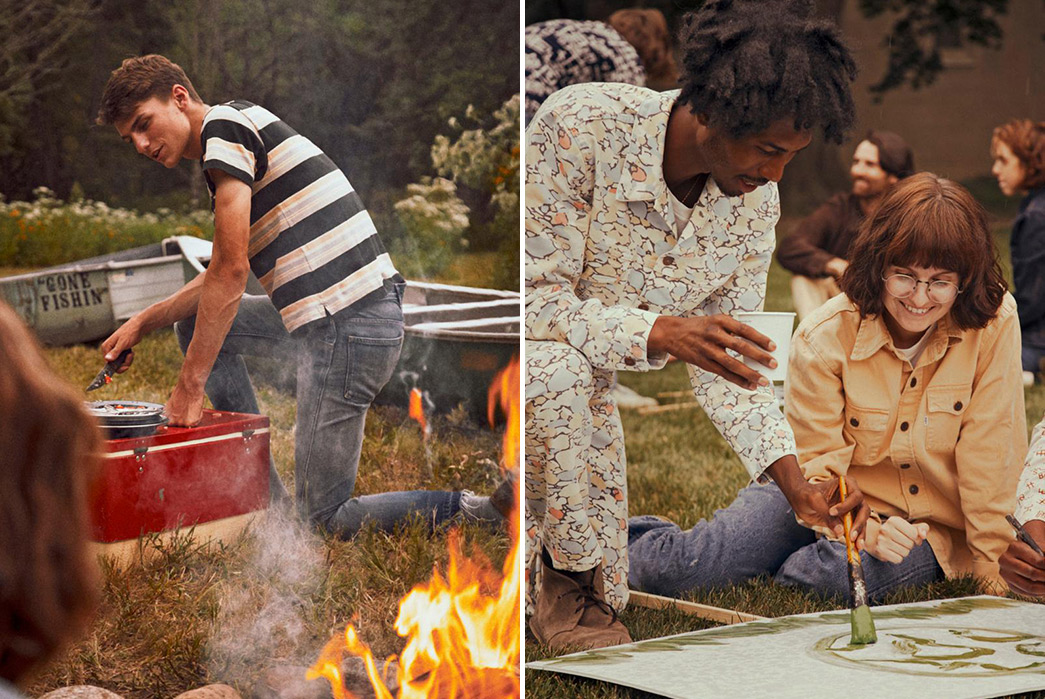
Shots from Levi’s 60s & 70s-inspired SS22 Lookbook
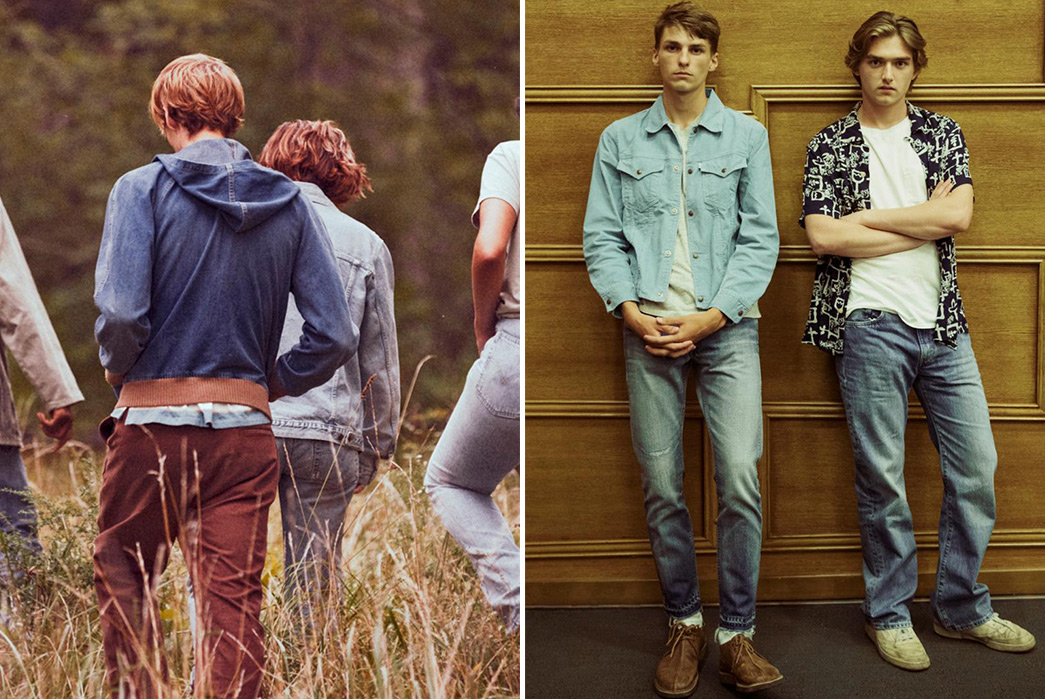
Shots from Levi’s 60s & 70s-inspired SS22 Lookbook
Conclusion
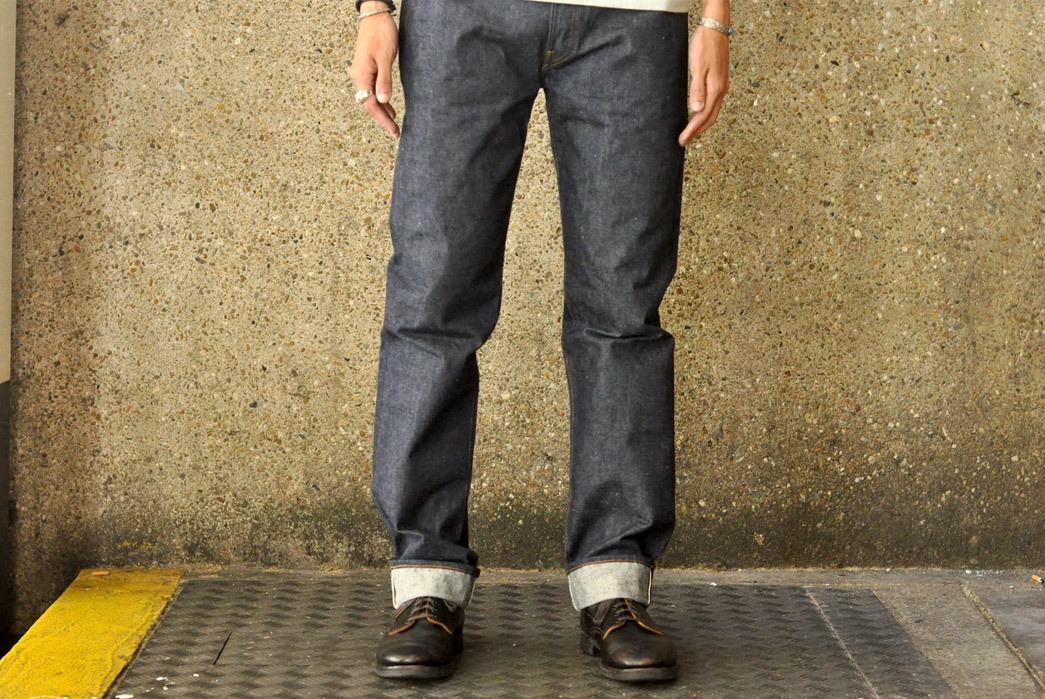
Warehouse 14oz “Lot. 1101 1970s Big E” Denim, available for $242 from Corlection.
It’s hard to tell how drastically our niche will be affected as the years roll by. There’s a chance that we are seeing the beginning of a new era where the blueprints for heritage clothes simply shift forward a few decades, similar to the how oldies radio stations that would play Beatles and The Kinks when you were younger now play Duran Duran and Foreigner. The cultural shift is always moving forward at what we’re looking back on.
That said, if you look at stores like, say, Clutch Cafe, Franklin & Poe, Redcast Heritage, Corlection etc, which specialize in vintage and heritage-style goods, the bulk of the stock is still reproductions of stuff from the 30s – 60s. More progressive stores like Lost & found and Cultizm are starting to buy more into the 70s and 80s styles from brands like Stussy, Battenwear, and Beams Plus, but the classic workwear heritage is still omnipresent.
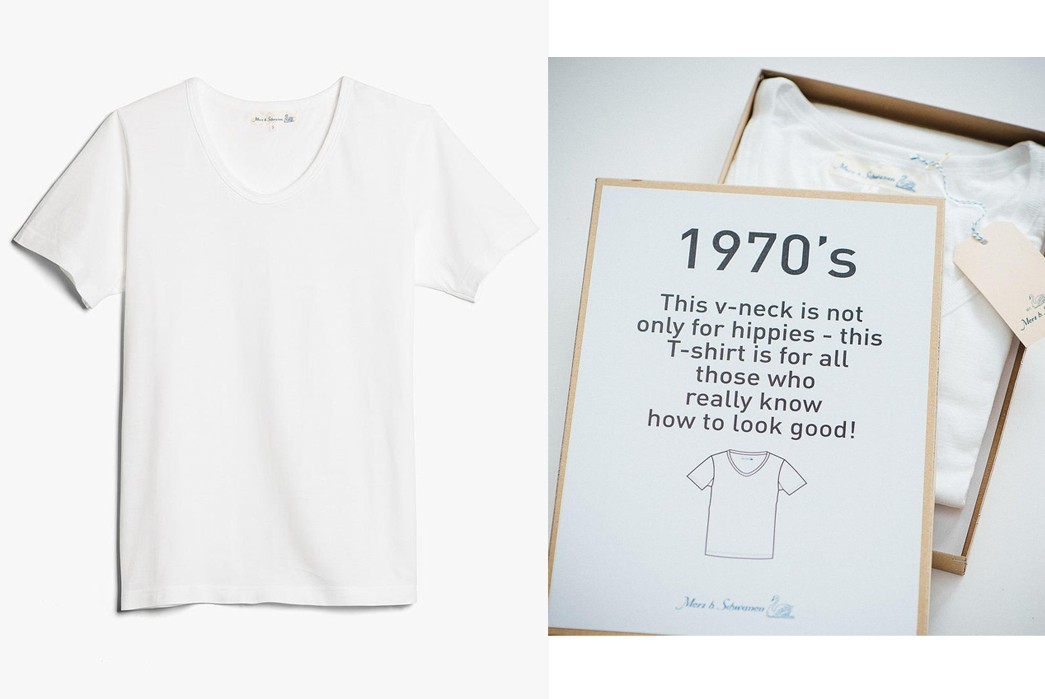
Merz B. Schwanen 1970s Crew Neck Tee, available for $65 from Franklin & Poe.
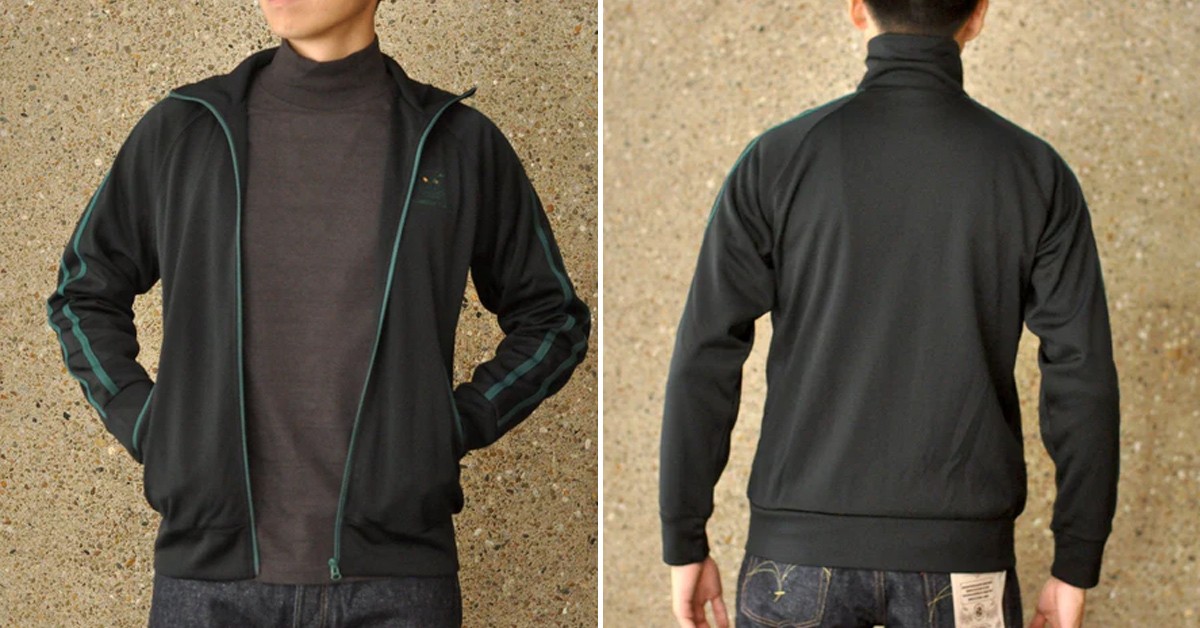
Samurai Fukuro Sporty Track Jacket, available for $226 from Corlection.

Original Equipment (MiUSA) Track Pants, available for $65 from American Trench.

Rumpl Everwhere Outdoor Mat, available for $80 from Huckberry.
Like this? Read these:
What did you think of today's newsletter? |


